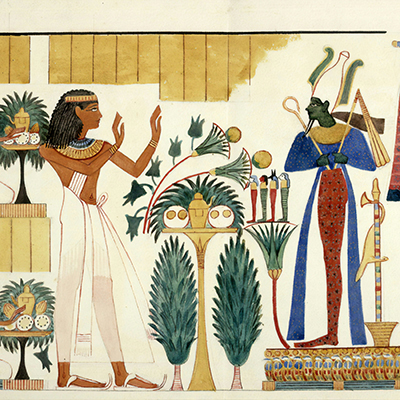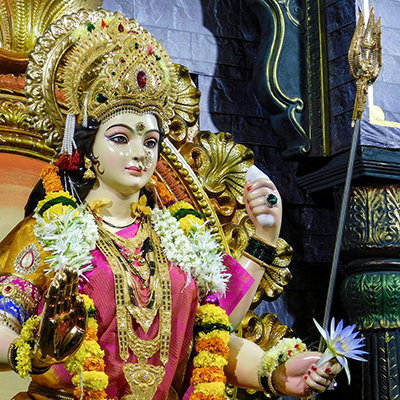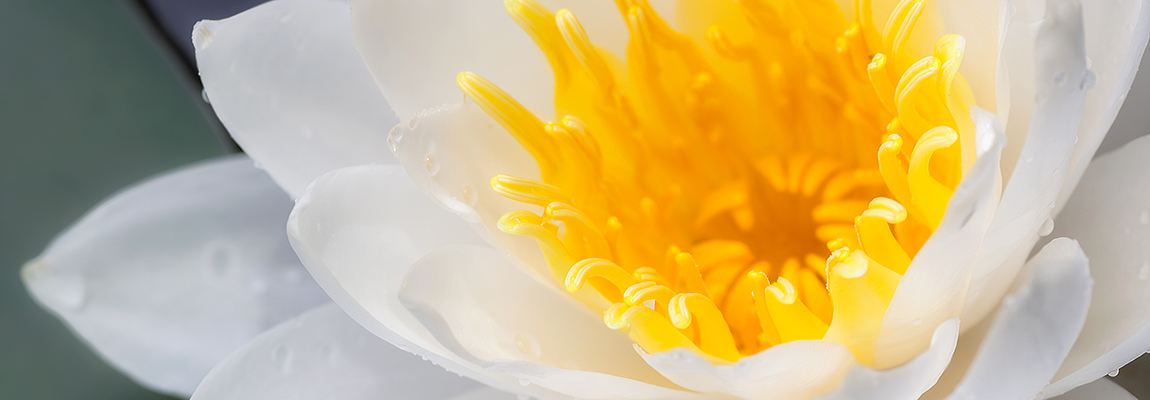Printed in the Zenith News Notes No 109 , September 2015
The Lotus — Introduction
The lotus flower, rising pristine from murky waters, has captivated spiritual traditions around the world for millennia. In this article, we journey through its rich symbolism in ancient Egypt, Buddhism, and Hinduism. Uncover how the lotus represents rebirth, purity, divine unity, and spiritual awakening — and why it continues to inspire seekers today. Dive deeper into nature’s sacred emblem.
Seeing Beyond Appearance: The Divine Order in Nature
The principles in our lessons are reflected in the beauties of nature around us. As we continue to practise looking ‘into’ the world, rather than at superficial appearances, we become more and more aware of the glorious Order of the Divine Reality.

Botanical Background: Nelumbo nucifera, The Sacred Lotus
Nelumbo nucifera, also known as Indian lotus, sacred lotus, bean of India, or simply lotus, is one of two species of aquatic plant in the family Nelumbonaceae. The Linnaean binomial Nelumbo nucifera (Gaertn.) is the currently recognized name for this species, which has been classified under the former names, Nelumbium speciosum (Wild.) and Nymphaea nelumbo, among others. (These names are obsolete synonyms and should be avoided in current works.) This plant is an aquatic perennial. Under favorable circumstances its seeds may remain viable for many years, with the oldest recorded lotus germination being from seeds 1,300 years old recovered from a dry lakebed in northeastern China.
Native to Tropical Asia and Queensland, Australia it is commonly cultivated in water gardens. It is also the national flower of India and Vietnam.
“As a lotus is able to emerge from muddy waters unspoilt and pure it is considered to represent a wise and spiritually enlightened quality in a person.”

Meaning of the Lotus Flower to the Ancient Egyptians
Anybody who has taken a look at Egyptian culture cannot fail to have noticed the significance of the meaning of the Lotus flower in their culture.
In ancient Egypt there were two main types of lotus that grow – the white, and the blue (scientifically a waterlily, but symbolically a lotus). Further to this another type, the pink lotus flower was introduced into Egypt sometime during the late period of their civilization. If one is to observe the many hieroglyphics, it is easy to see that the blue lotus flower is the most commonly portrayed.
The lotus is known to be associated with rebirth. This is a consequence of it supposedly retracting into the water at night, and emerging afresh in the Sun the next day. The Egyptians therefore associated the lotus flower with the Sun which also disappeared in the night, only to re-emerge in the morning. Therefore the lotus came to symbolise the Sun and the creation. In many hieroglyphic works the lotus is depicted as emerging from Nun (the primordial water) bearing the Sun God.
As something that is associated with rebirth, it is no surprise that the lotus flower is also associated with death, and the famous Egyptian Book of the Dead is known to include spells that are able to transform a person into a lotus, thus allowing for resurrection.
Another interesting fact about the lotus flower meaning to the Egyptians was the way that it was used as a symbol for the unification of the two Egyptian kingdoms — the bonding of upper and lower Egypt. For a long time the lotus had been used in the hieroglyphics and art of upper Egypt, whereas in lower Egypt the papyrus plant was notably in abundance. Therefore pictures of lotus and papyrus that had grown up together and become interwound with each other came to be a symbol of the bringing together of the two kingdoms.

Lotus Flower Meaning in Buddhism
In Buddhism the lotus is known to be associated with purity, spiritual awakening and faithfulness. The flower is considered pure as it is able to emerge from murky waters in the morning and be perfectly clean. Therefore in common with Egyptian mythology the lotus is seen as a sign of rebirth, but additionally it is associated with purity. The breaking of the surface every morning is also suggestive of desire, this leads to it being associated with spiritual enlightenment.
As Buddhism stems from a different part of the world to Egyptology, there are many more colors of lotus to be seen. So it is not too surprising that the many different colors have come to be associated with different aspects of Buddhism. The main symbolism of the lotus flower and their meanings are:
- Red Lotus: Related to the heart, love, and compassion.
- Blue Lotus: Victory of the spirit over wisdom, intelligence, and knowledge. Often depicted partially open with the centre unseen.
- White Lotus: Symbolises Bodhi (awakening), mental purity, spiritual perfection, and pacification of nature. Considered the womb of the world.
- Purple Lotus: Mystic, associated with esoteric sects and the noble eightfold path of Buddhism.
- Pink Lotus: The supreme lotus, considered the true lotus of Buddha.

The Lotus Flower and its Meaning in Hinduism
Perhaps one of the strongest associations of the lotus flower with religion is observed in Hinduism. In this religion the lotus flower meaning is associated with beauty, fertility, prosperity, spirituality, and eternity.
The most common lotus form seen in Hinduism is the white lotus flower. The beautiful white lotus flower has special significance in Hinduism, where its meaning is strongly associated with Laxmi and Brahma.
Many of the gods and goddesses of Hinduism are linked to the flower, for example the goddess of prosperity, Laxmi, is usually depicted as being seated atop a fully opened lotus flower. Likewise Brahma, the god of creation is depicted as emerging from a lotus that crawls from the navel of the sustainer Lord Vishnu.
As a lotus is able to emerge from muddy waters unspoilt and pure it is considered to represent a wise and spiritually enlightened quality in a person; it is representative of somebody who carries out their tasks with little concern for any reward and with a full liberation from attachment.
Symbolism of the Open Flower and the Bud
It is very interesting how the open flower and the unopened lotus bud forms are associated with human traits. The unopened bud is representative of a folded soul that has the ability to unfold and open itself up to the divine truth.
Learn to grown your own!
Read more from Our Wondrous World Series: Minerals
